<< Other Photo Pages >> Nikwasi Mound - Artificial Mound in United States in The South
Submitted by bat400 on Wednesday, 10 February 2010 Page Views: 10695
Pre-ColumbianSite Name: Nikwasi Mound Alternative Name: 31MA1Country: United States
NOTE: This site is 21.541 km away from the location you searched for.
Region: The South Type: Artificial Mound
Nearest Town: Franklin, N Carolina
Latitude: 35.185020N Longitude: 83.373629W
Condition:
| 5 | Perfect |
| 4 | Almost Perfect |
| 3 | Reasonable but with some damage |
| 2 | Ruined but still recognisable as an ancient site |
| 1 | Pretty much destroyed, possibly visible as crop marks |
| 0 | No data. |
| -1 | Completely destroyed |
| 5 | Superb |
| 4 | Good |
| 3 | Ordinary |
| 2 | Not Good |
| 1 | Awful |
| 0 | No data. |
| 5 | Can be driven to, probably with disabled access |
| 4 | Short walk on a footpath |
| 3 | Requiring a bit more of a walk |
| 2 | A long walk |
| 1 | In the middle of nowhere, a nightmare to find |
| 0 | No data. |
| 5 | co-ordinates taken by GPS or official recorded co-ordinates |
| 4 | co-ordinates scaled from a detailed map |
| 3 | co-ordinates scaled from a bad map |
| 2 | co-ordinates of the nearest village |
| 1 | co-ordinates of the nearest town |
| 0 | no data |
Internal Links:
External Links:
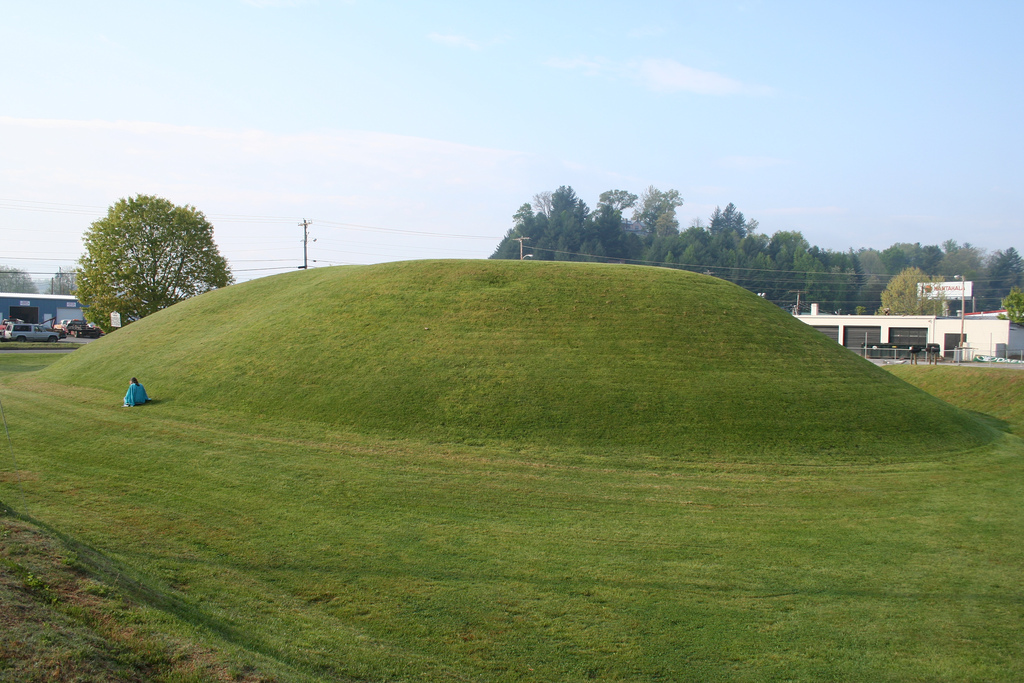
Like nearby Cowee Mound, the size and shape of this mound, and prehistoric finds in the area, lead to a belief that the mound was originally built during the era of the Mississippian cultures.
Whether the Cherokee migrated to these areas after the collapse of the Mississippian cultures, or were part of that culture, the historic Cherokee used this mounds as a platform for important buildings in this village.
See the webpage at Cherokee Heritage Trails.
Note: Ground-penetrating radar detects over 100 objects in Ancient Tribal Mound, see comment. “It’s full of stuff.”
You may be viewing yesterday's version of this page. To see the most up to date information please register for a free account.
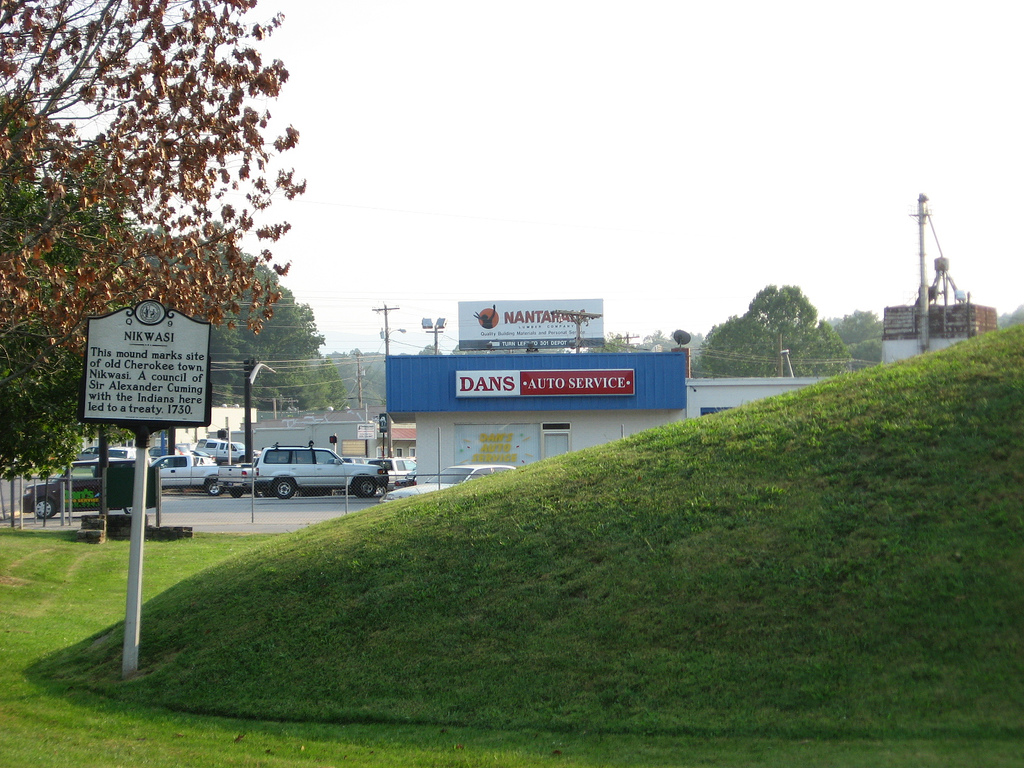
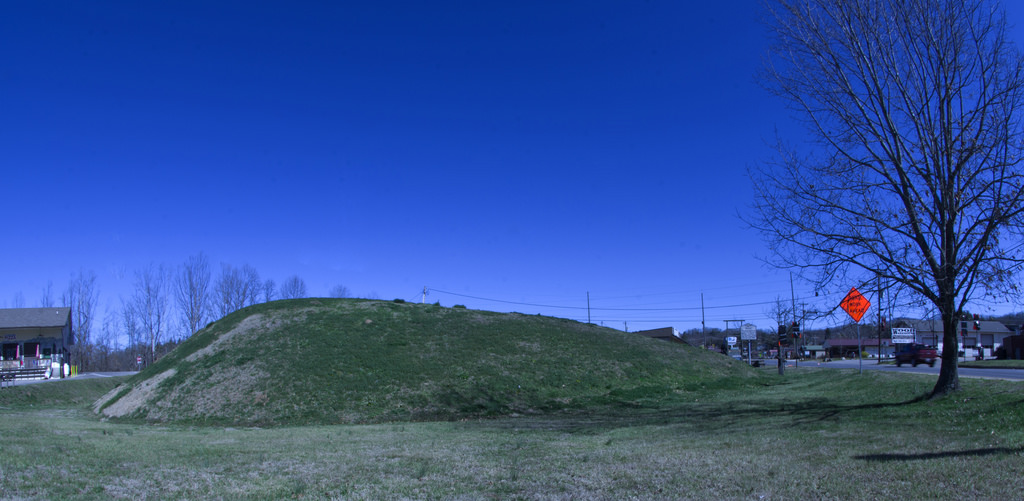
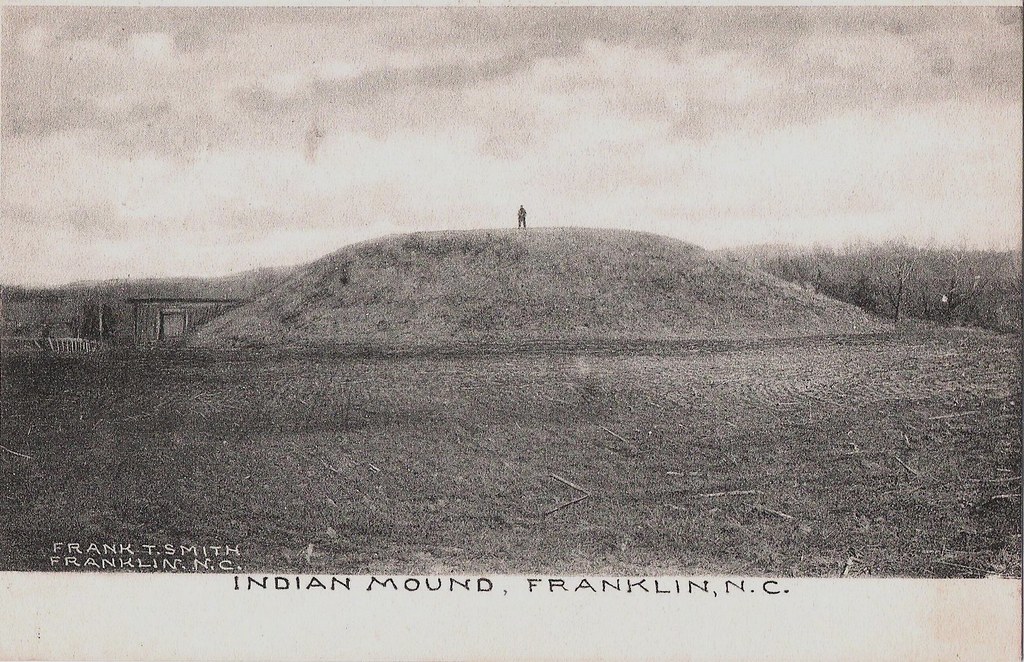
Do not use the above information on other web sites or publications without permission of the contributor.
Nearby Images from Flickr






The above images may not be of the site on this page, but were taken nearby. They are loaded from Flickr so please click on them for image credits.
Click here to see more info for this site
Nearby sites
Click here to view sites on an interactive map of the areaKey: Red: member's photo, Blue: 3rd party photo, Yellow: other image, Green: no photo - please go there and take one, Grey: site destroyed
Download sites to:
KML (Google Earth)
GPX (GPS waypoints)
CSV (Garmin/Navman)
CSV (Excel)
To unlock full downloads you need to sign up as a Contributory Member. Otherwise downloads are limited to 50 sites.
Turn off the page maps and other distractions
Nearby sites listing. In the following links * = Image available
9.8km NNW 335° Cowee Mound Artificial Mound
26.9km ENE 61° Judaculla Rock* Rock Art
28.3km N 355° Kituwah* Ancient Village or Settlement
33.9km N 9° Museum of the Cherokee Indian* Museum
42.2km WNW 292° Sculptured Stone near Robbinsville* Sculptured Stone
56.5km SW 233° Track Rock Gap Archaeological Area* Stone Row / Alignment
56.7km SW 234° Track Rock* Rock Art
61.9km SSW 207° Sautee-Nacoochee earthwork Ancient Village or Settlement
62.5km SSW 207° Kenimer* Artificial Mound
63.6km SSW 209° Nacoochee* Barrow Cemetery
63.8km SW 214° Hickorynut Track Rock* Rock Art
66.0km ESE 116° South Carolina Rock Art Center* Rock Art
84.2km ENE 62° Biltmore Mound Artificial Mound
93.0km NNE 32° Hot Springs (North Carolina)* Holy Well or Sacred Spring
98.9km NNW 330° McClung Museum of Natural History and Culture* Museum
99.0km NNW 329° University of Tennessee Agriculture Farm Mound* Barrow Cemetery
106.3km ENE 72° Chimney Rock (North Carolina)* Natural Stone / Erratic / Other Natural Feature
114.7km SSE 157° Georgia Guidestones* Modern Stone Circle etc
128.0km S 180° Sandy Creek terrace complex* Ancient Village or Settlement
129.7km WSW 249° Fort Mountain Stone Enclosure* Cairn
138.0km W 272° Candies Creek Village Archaeological Preserve* Ancient Village or Settlement
144.4km SW 229° Funk Heritage Center* Museum
148.9km W 281° Hiwassee Island Mounds* Artificial Mound
163.3km N 359° Ely Mound* Artificial Mound
171.4km NE 54° Split Rock / Sphinx Rock* Natural Stone / Erratic / Other Natural Feature
View more nearby sites and additional images

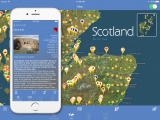
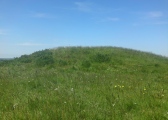



 We would like to know more about this location. Please feel free to add a brief description and any relevant information in your own language.
We would like to know more about this location. Please feel free to add a brief description and any relevant information in your own language. Wir möchten mehr über diese Stätte erfahren. Bitte zögern Sie nicht, eine kurze Beschreibung und relevante Informationen in Deutsch hinzuzufügen.
Wir möchten mehr über diese Stätte erfahren. Bitte zögern Sie nicht, eine kurze Beschreibung und relevante Informationen in Deutsch hinzuzufügen. Nous aimerions en savoir encore un peu sur les lieux. S'il vous plaît n'hesitez pas à ajouter une courte description et tous les renseignements pertinents dans votre propre langue.
Nous aimerions en savoir encore un peu sur les lieux. S'il vous plaît n'hesitez pas à ajouter une courte description et tous les renseignements pertinents dans votre propre langue. Quisieramos informarnos un poco más de las lugares. No dude en añadir una breve descripción y otros datos relevantes en su propio idioma.
Quisieramos informarnos un poco más de las lugares. No dude en añadir una breve descripción y otros datos relevantes en su propio idioma.